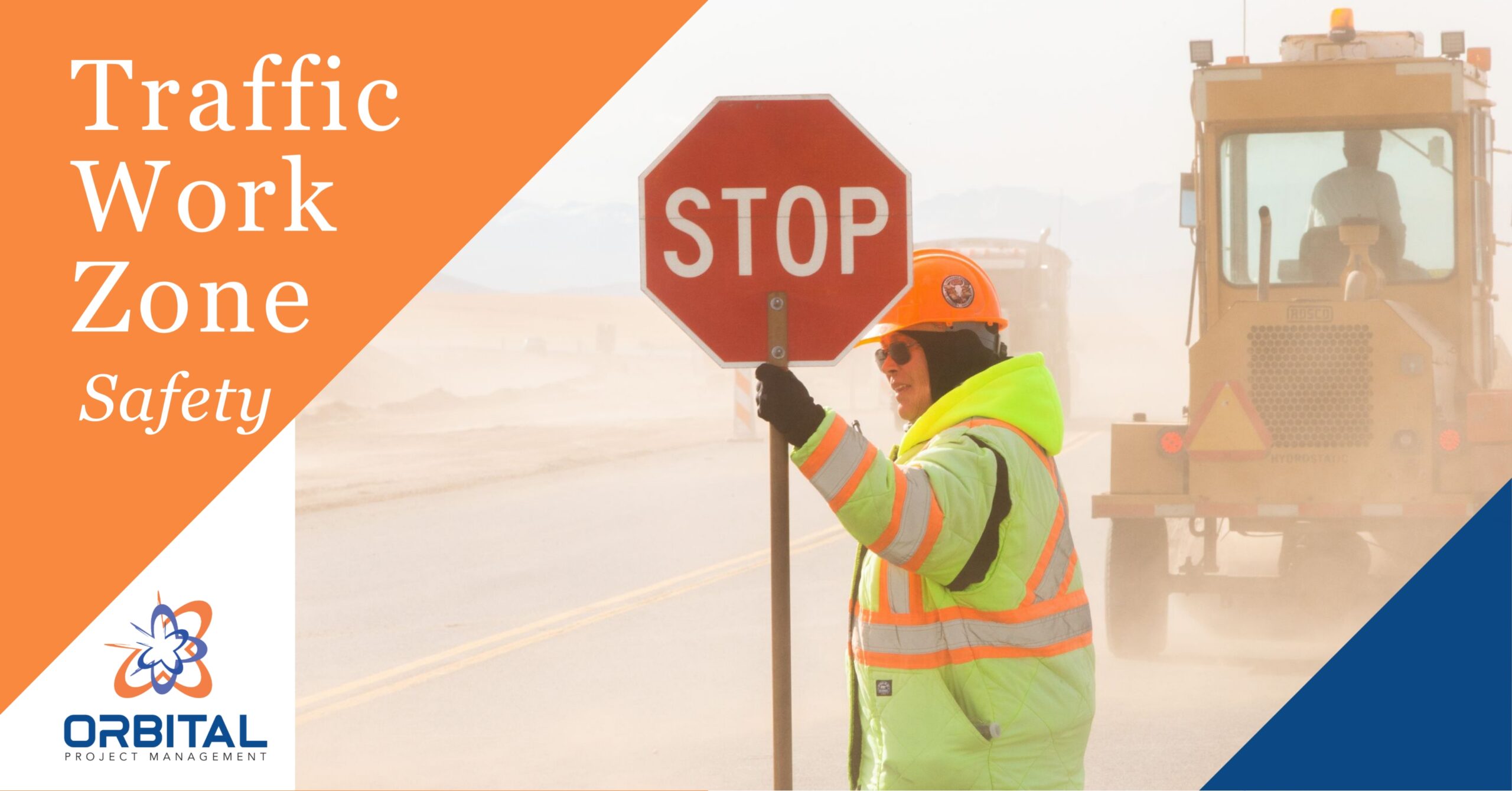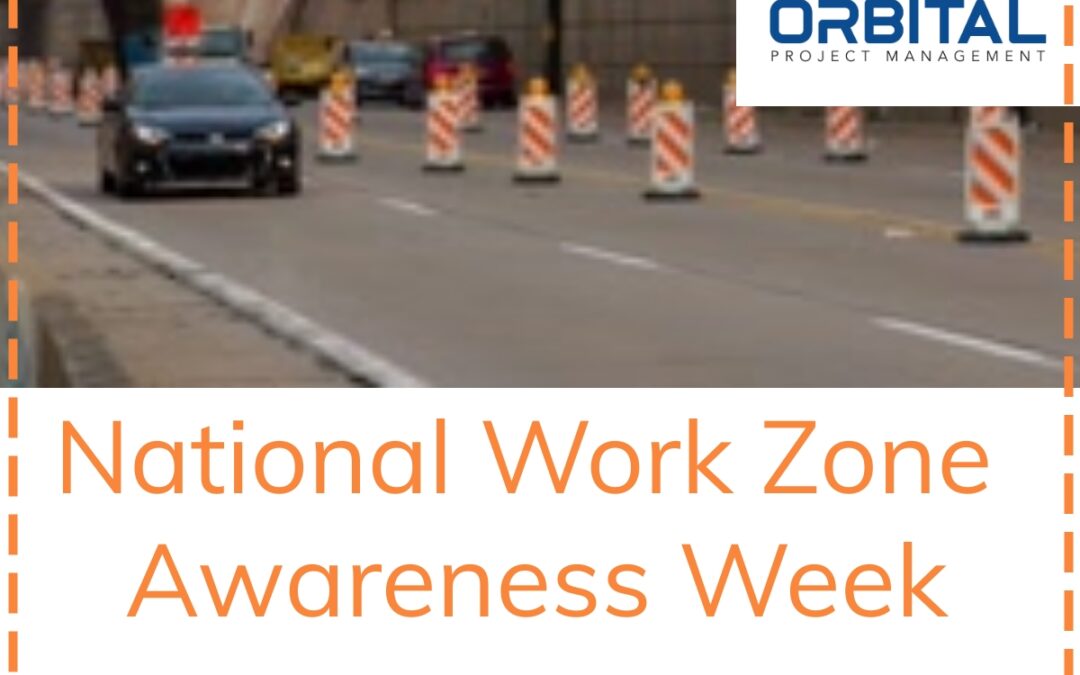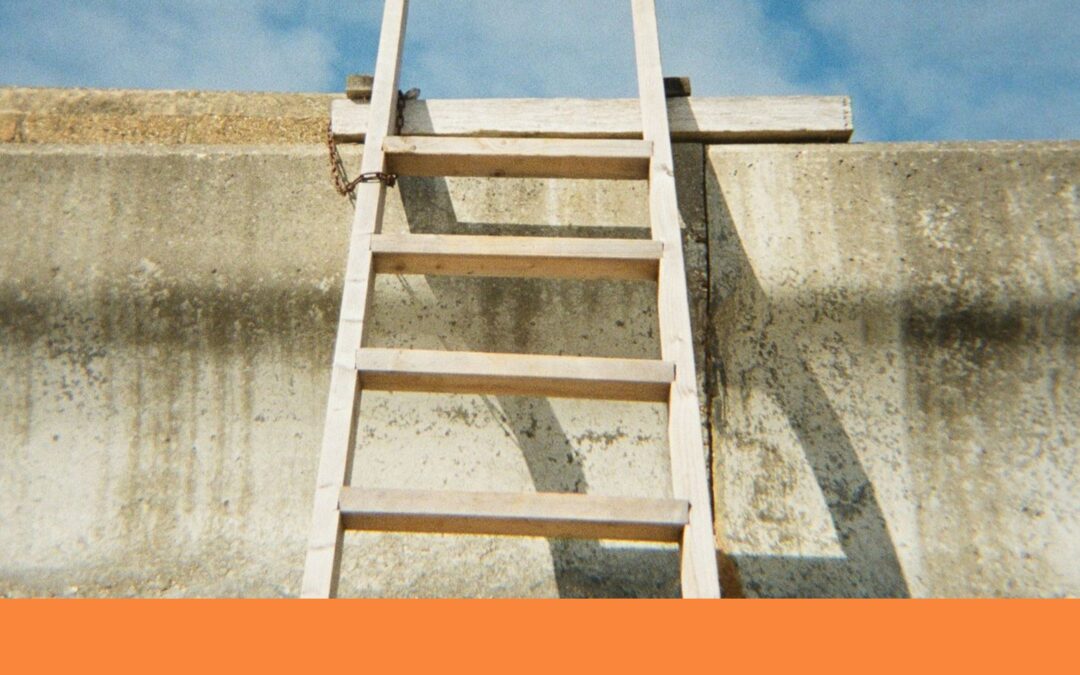Spring is finally here!
Time to enjoy the yellow daffodils, pink cherry blossoms, bright green grass…
And neon orange traffic cones.
Yeah, it’s construction season again, too. Depending on where you live, if you just survived a crazy season of winter weather and driving hazards it can be frustrating to make it to spring only to have a new set of traffic delays.
Mindset Matters
Plan ahead. Whether you’re driving 10 miles to work or 2,500 miles cross country on a road trip, leave plenty of room in your travel schedule for construction zone slow downs. Keep unnecessary time constraints out of the equation. From missing the pick up time for a child at school to getting charged a missed appointment fee for being late to the doctor, travel delays can make drivers angry and unsafe in their driving practices. You have control of part of that, so plan ahead. Take an alternate route, if possible. Or allocate extra commute time.
It Could Happen to You
I’m not talking about the true story of the waitress who gets half the lottery winnings from a restaurant patron in that movie with Nic Cage. No, this is more about the sobering reality of what happens when drivers aren’t cautious in the zones.
While road workers are killed every year in traffic zones, they aren’t the majority. Far more drivers and passengers are injured or die in traffic zone accidents. Rear-end collisions account for around 25% of them. Distracted driving and speeding are a deadly combination when the vehicle in front of you hits the brakes. In addition to having plenty of time in your travel schedule, here are some additional tips for keeping yourself and your passengers safe:
- Ensure everyone is using a seatbelt correctly
- Have children in appropriately-sized and anchored child seats
- Use only hands-free devices for phones and navigation
- Do not text and drive
- Keep a safe following distance between you and the car in front
The 2-Second Rule
Anyone recall the 2-second rule for following distance between cars (or why we use it)? The rule tells you to look at a stationary object like a signpost or bridge support as the vehicle in front of you passes it. Then count: one-one-thousand, two-one-thousand… If you pass the stationary object before you reach the end of that second second, slow down.
Why not just use a random distance like 3 car lengths? Because momentum matters.
p = mv momentum = mass x velocity
Larger, heavier vehicles moving at the same velocity as a smaller car have a much longer stopping distance. Likewise, two cars of the same size have much different stopping distances based on how fast one is traveling.
So, while 3 car lengths may provide sufficient stopping distance for a small vehicle traveling 25 mph or less in a residential zone, that ain’t gonna cut it on the freeway when the driver in front slams on the brakes.
The 2-second rule. Use it.
Except when you’re following a motorcycle, driving in adverse conditions, or towing a trailer…
Then you want to double or triple the following distance time to 4-6 seconds or more.
Injuries, Fines, and Prison Time
Accidents are costly. Even a minor single vehicle collision without personal injury can come at a high cost. From points on your license to a moving violation or getting sued by the person whose mailbox you took out, you don’t get off for free.
Hit a road worker in a traffic zone and you’re in for a world of hurt. Each state sets the fines and jail terms that may be imposed for injuring or killing a roadway worker, and they differ greatly. Illinois, for instance, recently raised their maximum penalty to a $25,000 fine and up to 14 years in jail. That puts speeding to avoid a missed appointment fee or not waiting to text your bestie into perspective, doesn’t it?
Know the Signs
It’s pretty easy to follow the “SLOW” and “STOP” commands when a work zone flagger is holding a familiar sign. But what about when they’re holding or waving a flag?
A red square flag held straight out to the side means STOP. The flagger will have his or her arm extended from the shoulder out to the side and will not be raising or lowering the flag. Remember it by making a mental note that it is the same as a stationary stop sign on the road.
If the flagger is repeatedly raising and lowering the red flag between shoulder height and the ground, it means SLOW DOWN. Remember it as the flagger is trying to get your attention as if to say, “Slow down, Buddy.”
A red flag kept down near the ground and paired with a cross-body sweeping motion from the arm not holding the flag means traffic may proceed through the zone at the posted work zone speed. That waving arm is pretty clearly saying, “Alright, keep it moving.”
The Bottom Line
Accidents are costly on many levels. Understanding what the risk factors and poor-choice triggers are can help prevent them. Shift your perspective on time management and roadway safety so that you’re prepared for unforeseen or extended delays.
Injuring or killing a worker in a traffic work zone can destroy your life as well as theirs.
Plan ahead. Slow down. Pay attention.
Save lives.
Want more safety tips?
Sign up for The Nucleus monthly newsletter delivered right to your inbox.






